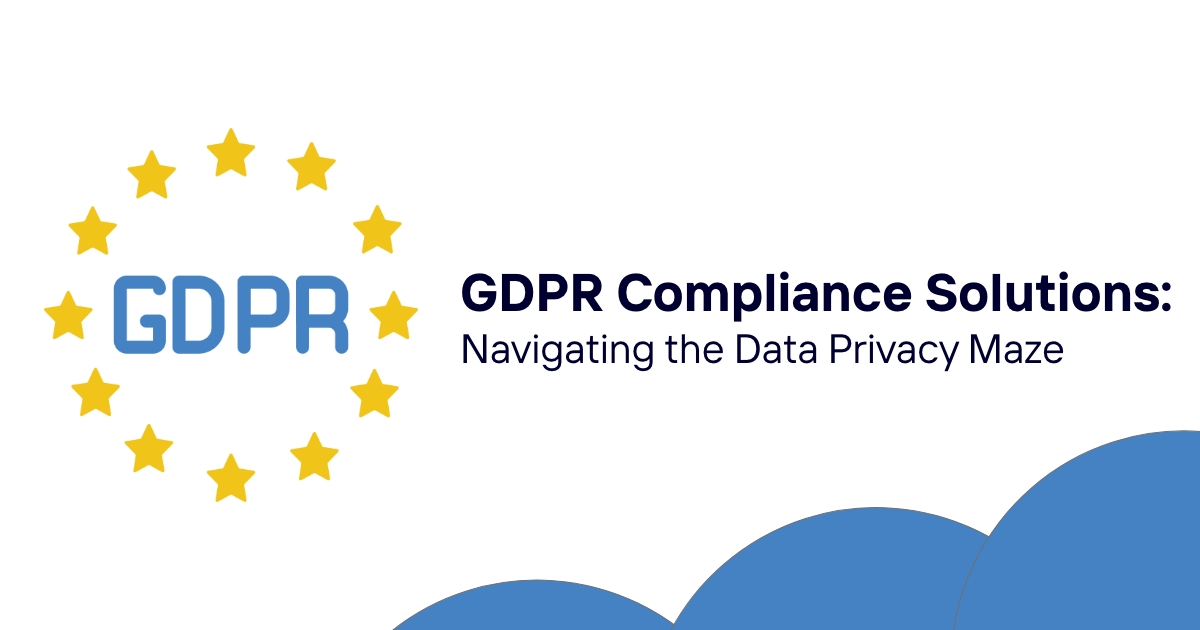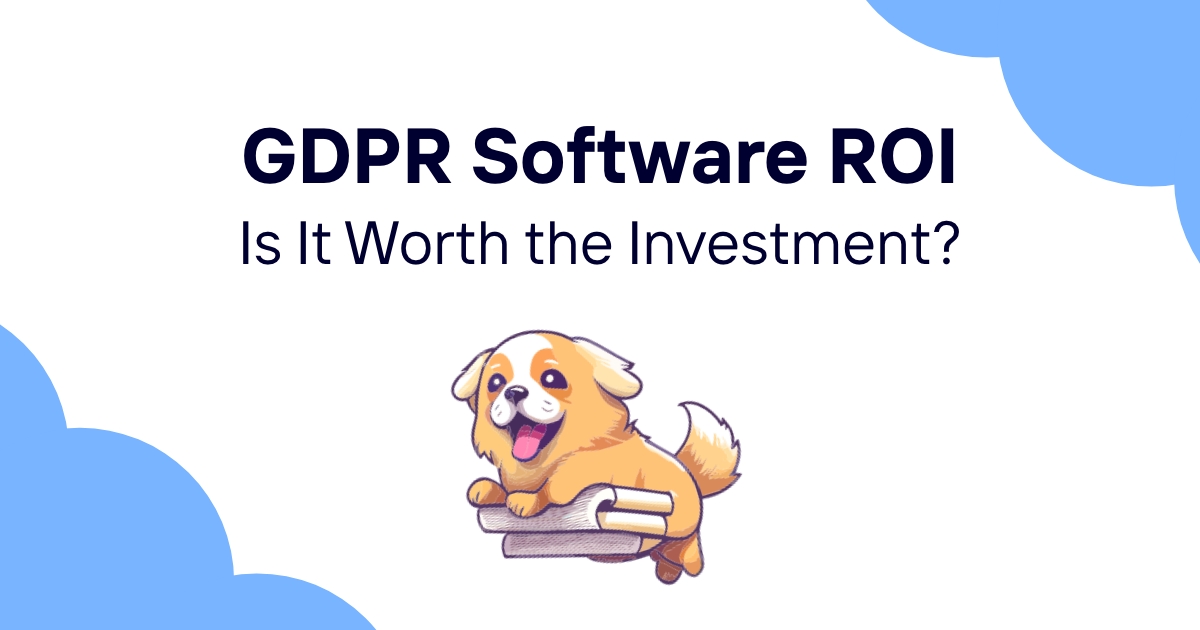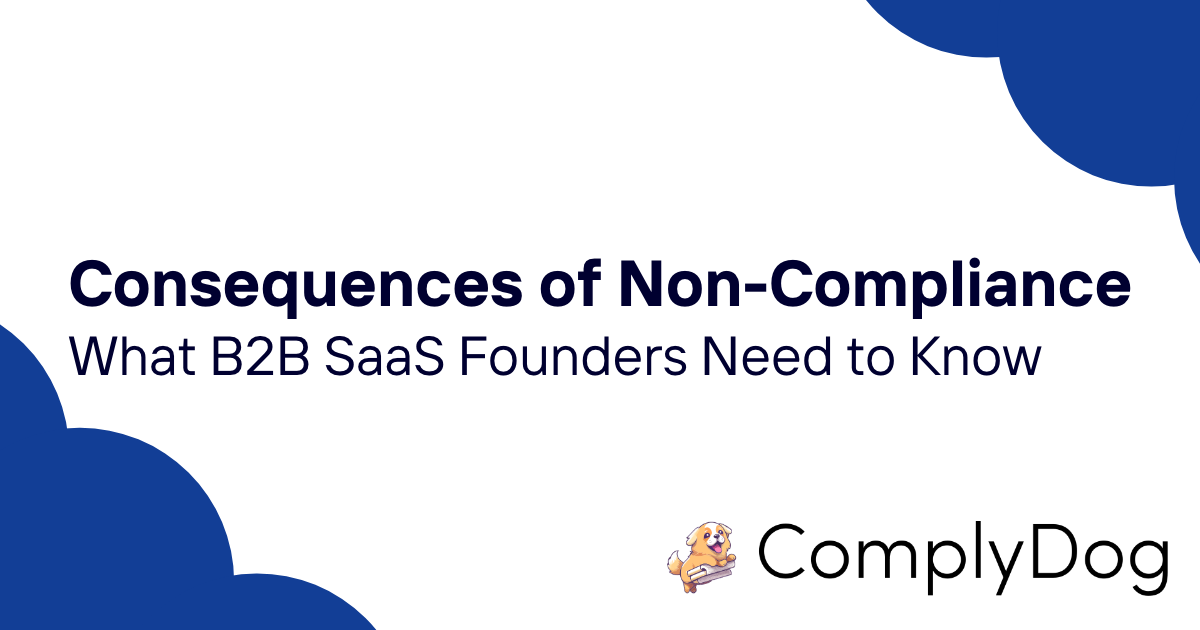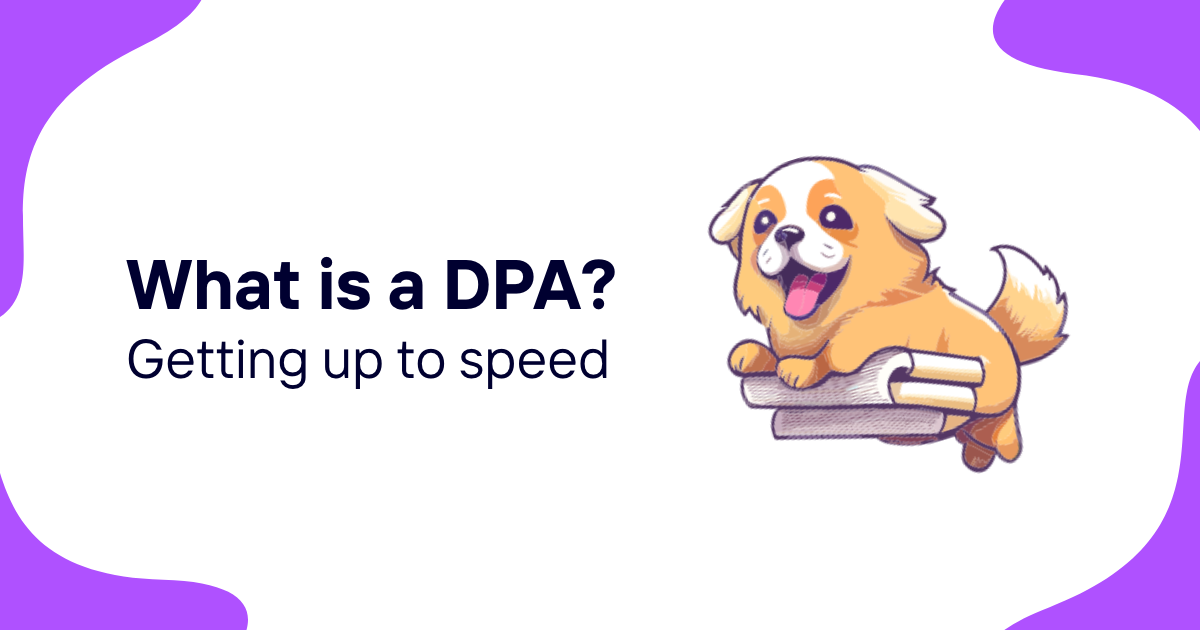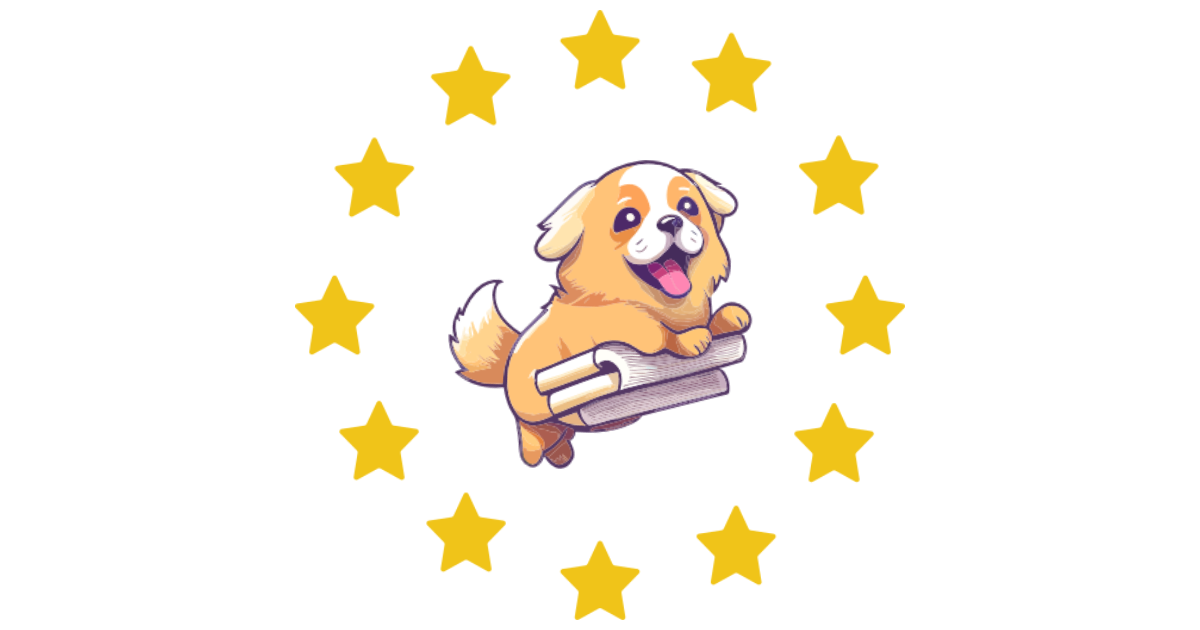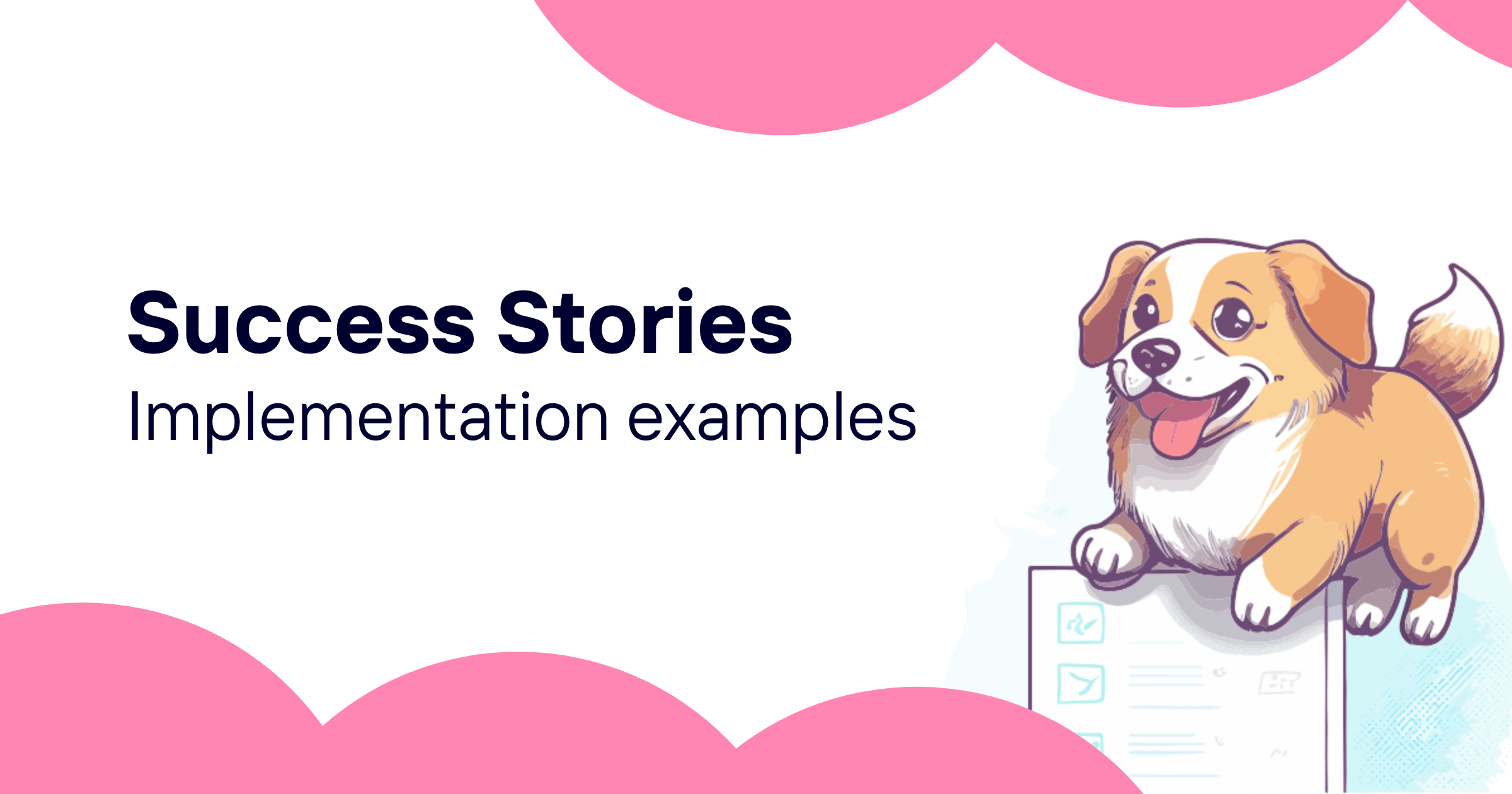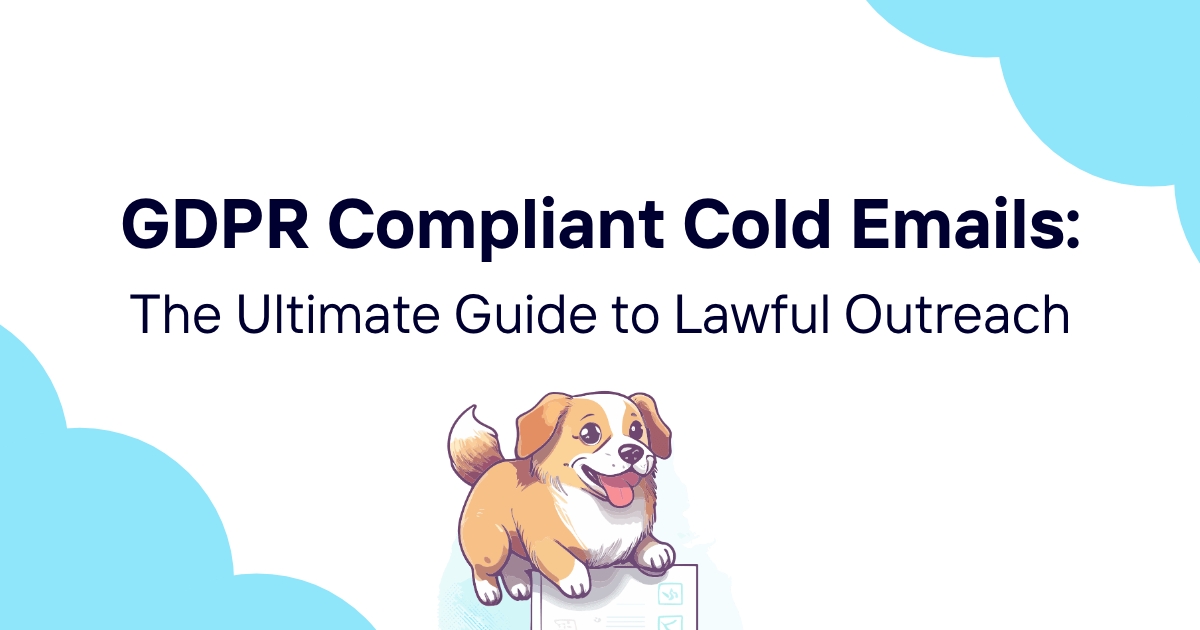Table of Contents
- Introduction
- Understanding GDPR Basics
- Key Principles of GDPR
- Individual Rights Under GDPR
- Steps to Achieve GDPR Compliance
- Common GDPR Pitfalls to Avoid
- GDPR Compliance for Small Businesses
- GDPR Compliance for Large Enterprises
- The Role of Technology in GDPR Compliance
- Best Practices for Ongoing GDPR Compliance
- The Future of Data Privacy and GDPR
- Conclusion
Introduction
Let's face it, data privacy is a big deal these days. With all the digital footprints we leave behind, it's no wonder that regulations like GDPR have popped up. But here's the thing - GDPR compliance doesn't have to be a nightmare. In fact, I'd argue it's an opportunity to build trust with your customers and streamline your data practices.
I've been in the trenches of data privacy for years, and I've seen firsthand how companies struggle with GDPR. It's like trying to solve a Rubik's cube blindfolded sometimes. But fear not! I'm here to break it down and show you that GDPR compliance solutions are within reach, whether you're a mom-and-pop shop or a multinational corporation.
Understanding GDPR Basics
Okay, let's start with the basics. GDPR stands for General Data Protection Regulation. It's a European Union law, but don't think you're off the hook if you're not based in Europe. If you handle EU citizens' data, GDPR applies to you too.
The main goal? Protecting people's personal data and giving them more control over how it's used. It's like putting consumers in the driver's seat of their own data car. (Is that a stretch? Maybe, but you get the idea.)
GDPR affects pretty much any organization that collects or processes personal data of EU residents. And by personal data, we mean anything from names and email addresses to IP addresses and cookie data. Yep, it's broad.
Key Principles of GDPR
GDPR is built on seven key principles. Think of them as the seven commandments of data privacy:
- Lawfulness, fairness, and transparency
- Purpose limitation
- Data minimization
- Accuracy
- Storage limitation
- Integrity and confidentiality (security)
- Accountability
Let's break these down a bit:
Lawfulness, fairness, and transparency: Be upfront about what data you're collecting and why. No sneaky business!
Purpose limitation: Only use data for the specific purpose you collected it for. Don't go fishing in your customer database for new marketing ideas.
Data minimization: Only collect what you need. If you don't need someone's shoe size for your email newsletter, don't ask for it.
Accuracy: Keep data up-to-date and correct. Old, incorrect data is about as useful as a chocolate teapot.
Storage limitation: Don't keep data longer than you need it. It's not a collect-and-hoard situation.
Integrity and confidentiality: Keep that data safe! Lock it up tighter than Fort Knox.
Accountability: Be responsible for complying with GDPR and be able to demonstrate your compliance.
Individual Rights Under GDPR
GDPR isn't just about what businesses can't do - it's also about what individuals can do. It gives people some pretty powerful rights when it comes to their data:
- The right to be informed
- The right of access
- The right to rectification
- The right to erasure
- The right to restrict processing
- The right to data portability
- The right to object
- Rights related to automated decision making and profiling
These rights essentially give individuals control over their personal data. They can ask to see what data you have on them, have it corrected if it's wrong, or even have it deleted entirely.
It's like giving people a remote control for their data - they can pause, rewind, or even change the channel if they want to.
Steps to Achieve GDPR Compliance
Now, let's get down to the nitty-gritty. How do you actually become GDPR compliant? Here's a step-by-step guide:
-
Conduct a data audit: Figure out what personal data you're collecting, where it's stored, and how it's used. This is your data map, and it's crucial.
-
Review your privacy policies: Make sure they're clear, concise, and cover all the GDPR requirements. No legalese allowed!
-
Implement data protection measures: This includes both technical measures (like encryption) and organizational measures (like staff training).
-
Establish procedures for data subject requests: Remember those individual rights we talked about? You need a system to handle those requests.
-
Appoint a Data Protection Officer (DPO): This might not be necessary for all organizations, but if you're processing large amounts of sensitive data, you'll need one.
-
Create a data breach response plan: Hope for the best, plan for the worst. Know what to do if there's a data breach.
-
Implement privacy by design: This means considering data protection from the very beginning of designing systems, rather than as an afterthought.
-
Review and update vendor contracts: If you're sharing data with third parties, make sure they're GDPR compliant too.
-
Train your staff: Everyone in your organization needs to understand GDPR and their role in compliance.
-
Document everything: Keep detailed records of your compliance efforts. If regulators come knocking, you'll need to show your work.
Common GDPR Pitfalls to Avoid
I've seen plenty of companies stumble on their path to GDPR compliance. Here are some common pitfalls to watch out for:
-
Thinking GDPR doesn't apply to you: If you're handling EU residents' data, it applies. Period.
-
Relying on consent for everything: Consent is just one of six lawful bases for processing data under GDPR. Don't overuse it.
-
Ignoring data subject rights: Those individual rights aren't optional. You need processes to handle them.
-
Neglecting employee data: GDPR applies to employee data too, not just customer data.
-
Failing to update privacy policies: Your privacy policy needs to be clear, comprehensive, and up-to-date.
-
Not having a data breach plan: Don't wait until a breach happens to figure out what to do.
-
Overlooking data minimization: Only collect what you need. More isn't always better when it comes to personal data.
-
Forgetting about data retention: Have clear policies on how long you keep data and stick to them.
GDPR Compliance for Small Businesses
If you're a small business owner, you might be thinking, "Do I really need to worry about all this?" The short answer is yes. The good news? GDPR compliance can be simpler for small businesses.
Here's what you need to focus on:
-
Understand what data you have: Do a data audit. It's likely simpler than for larger businesses.
-
Update your privacy policy: Make it clear and easy to understand.
-
Get consent where needed: If you're relying on consent to process data, make sure it's explicit and documented.
-
Secure your data: Use strong passwords, encrypt sensitive data, and limit access to personal data.
-
Train your team: Even if it's just you and a handful of employees, everyone needs to understand GDPR basics.
-
Have a plan for data requests: Know how you'll handle requests from individuals about their data.
Remember, GDPR compliance isn't just about avoiding fines. It's about building trust with your customers. In a small business, that trust is everything.
GDPR Compliance for Large Enterprises
For larger organizations, GDPR compliance can be more complex, but the principles are the same. Here are some additional considerations:
-
Appoint a Data Protection Officer: This is likely a requirement for large enterprises.
-
Conduct Data Protection Impact Assessments (DPIAs): These are mandatory for high-risk processing activities.
-
Implement robust data governance: This includes data classification, data lineage, and data quality management.
-
Manage vendor relationships: Ensure all your vendors and partners are GDPR compliant.
-
Automate where possible: Use technology to help manage consent, data subject requests, and data inventories.
-
Regular audits and reviews: GDPR compliance isn't a one-time thing. You need ongoing monitoring and improvement.
-
Cross-border data transfers: If you're transferring data outside the EU, ensure you have appropriate safeguards in place.
The key for large enterprises is to embed GDPR compliance into your organizational culture. It should be part of everyone's job, not just the legal department's.
The Role of Technology in GDPR Compliance
Technology can be both a challenge and a solution when it comes to GDPR compliance. On one hand, the more tech you use, the more data you're likely collecting. On the other hand, the right tech can make compliance much easier.
Here are some ways technology can help:
-
Data discovery and mapping: Tools can help you identify where personal data resides across your systems.
-
Consent management: Platforms can help you collect, store, and manage consent in a GDPR-compliant way.
-
Data subject request management: Software can automate the process of handling data subject requests.
-
Data protection: Encryption, access controls, and other security technologies are crucial for protecting personal data.
-
Data retention: Tools can help you automatically delete or anonymize data when it's no longer needed.
-
Breach detection and response: Security information and event management (SIEM) tools can help you detect and respond to data breaches quickly.
But here's the thing - technology alone isn't enough. You need the right processes and people in place too. It's like having a fancy car - it's great, but you still need to know how to drive it and where you're going.
Best Practices for Ongoing GDPR Compliance
GDPR compliance isn't a one-and-done deal. It's an ongoing process. Here are some best practices to keep you on track:
-
Regular audits: Conduct periodic data audits to ensure you know what data you have and why.
-
Stay informed: Keep up with GDPR news and updates. The regulatory landscape is always evolving.
-
Foster a privacy-first culture: Make data protection a part of your organization's DNA.
-
Continuous training: Regularly train and update your staff on GDPR requirements and best practices.
-
Review and update policies: Regularly review and update your privacy policies and data protection measures.
-
Monitor compliance: Use tools and processes to continuously monitor your GDPR compliance status.
-
Learn from others: Stay informed about GDPR enforcement actions and learn from others' mistakes.
-
Be transparent: Open communication with your customers about data practices builds trust.
Remember, GDPR compliance is a journey, not a destination. It requires ongoing effort and attention.
The Future of Data Privacy and GDPR
As we look ahead, it's clear that data privacy will only become more important. GDPR has set a benchmark, and we're seeing similar regulations pop up around the world. The California Consumer Privacy Act (CCPA) in the U.S. is just one example.
What does this mean for businesses? Well, if you're already GDPR compliant, you're ahead of the game. Many of the principles in GDPR are being mirrored in other privacy laws.
We're also likely to see more emphasis on:
-
Privacy-enhancing technologies: Tools that help protect personal data while still allowing it to be used for legitimate purposes.
-
Data ethics: Going beyond compliance to consider the ethical implications of data use.
-
Privacy as a competitive advantage: Companies that prioritize privacy may find it gives them an edge with consumers.
The bottom line? Embracing GDPR and data privacy now isn't just about compliance - it's about future-proofing your business.
Conclusion
Whew! We've covered a lot of ground here. GDPR compliance might seem daunting, but it's absolutely achievable. More than that, it's an opportunity to build trust with your customers and streamline your data practices.
Remember, GDPR compliance isn't just about avoiding fines (though that's certainly a good reason). It's about respecting your customers' privacy and being a responsible steward of their data.
Now, I know what you're thinking - "This all sounds great, but how do I actually implement all this?" That's where tools like ComplyDog come in. ComplyDog is an all-in-one GDPR compliance tool designed specifically for software businesses. It can help you navigate the complexities of GDPR, from data mapping to handling data subject requests.
With a tool like ComplyDog, you can streamline your compliance efforts, saving time and money. It's like having a GDPR expert on your team, guiding you through the process and helping you stay compliant.
At the end of the day, GDPR compliance is about doing right by your customers. It's about being transparent, respectful, and responsible with their data. And with the right approach and tools, it's absolutely within your reach.
So, are you ready to tackle GDPR compliance? Trust me, your future self (and your customers) will thank you.
